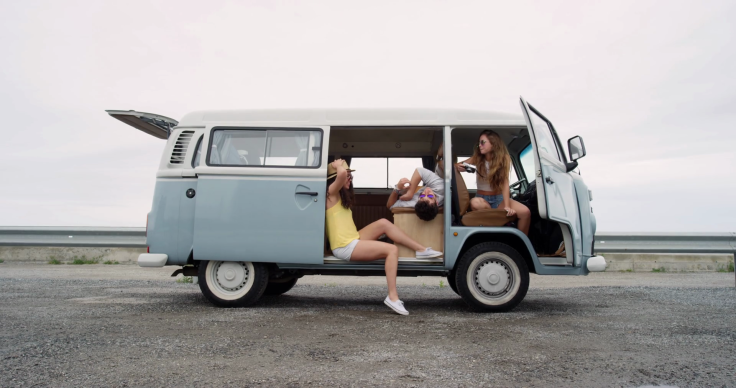
Welcome back readers!
As promised in Piloting the Blog World, I will be discussing tips to find your perfect camper (or Glamper as I like to call them).
Now first, let me say that this is still a work in progress. I do know what I want (and I will let you know that later). But I haven’t found quite the PERFECT camper, though I am in contact with several private sellers and a few dealerships (YAY!)
Determining the perfect camper for you and your family can be a complicated process. Some big questions have to be answered, most of which are fairly easy (despite my wordy post….I will apologize now. I have a fundamental flaw of talking—and writing—far too much according to my family. LOL). Here are the questions which need to be asked before The Hunt can occur:
- What kind of camper are you looking for?
- What is the towing capacity of your vehicle?
- How many people do you need to sleep?
- How much time will be spent in the camper?
This post will focus only on the broad categories (and their subs) of campers out there. Keep in mind that there are dozens of models, makes (which have different floor plans), etc, spanning the last 70-ish years of Glamping fanatics.
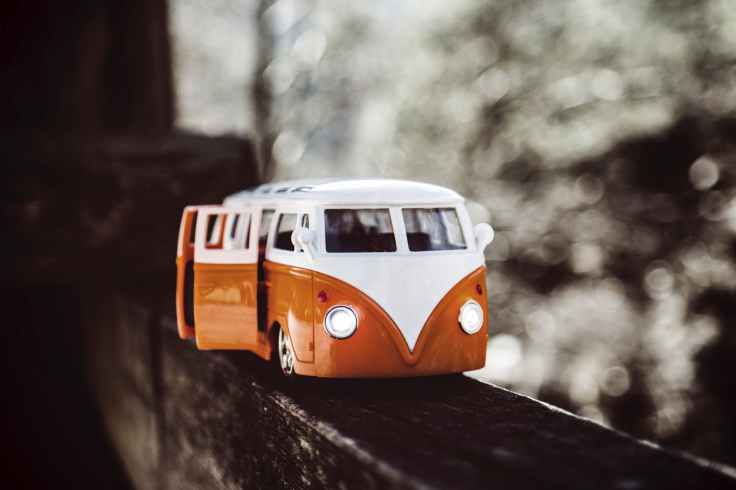
Okay! So let’s start with the easiest question of all: what kind and size vehicle do you have for your camper? Knowing what vehicle you have access to will open or limit your camper capabilities accordingly.
My first time researching, I had (and still do own) a 2006 Chevy HHR. The idea of this hauling any kind of camper that would work for my family was LAUGHABLE (I’ll explain why below, under the Towing Capacity.)
With my father’s passing, I have inherited a 2008 Ford F-150 Triton 5.4, a MUCH larger vehicle than my HHR, opening my options from a soda can, to anything from soda can to full-time living capabilities.
This leads to the first really big question:
What kind of camper are you looking for?
There are several different kinds of camper options available.
—Bumper pull campers are what most people first picture when they think “camper trailer.” They are classified as “Travel Trailers” by most retailers. These hook to a hitch on the back of your car (the bumper). They range in size from about 8 feet, to 30 or 40 feet
Bumper pulls tend to be the most popular, because of their wide size range, meaning you can find one that can be pulled by nearly any vehicle on the market (as long as it fits your family’s needs), as well as the ability to have full use of a truck bed.
Many newer bumper pulls feature all modern amenities: electricity (and/or propane), heat, TVs, running water (and HOT water), and bathrooms! Solar power has also made its debut, providing the ability to go “off grid” without losing out on the modern amenities. A smaller, traditional style is shown below:
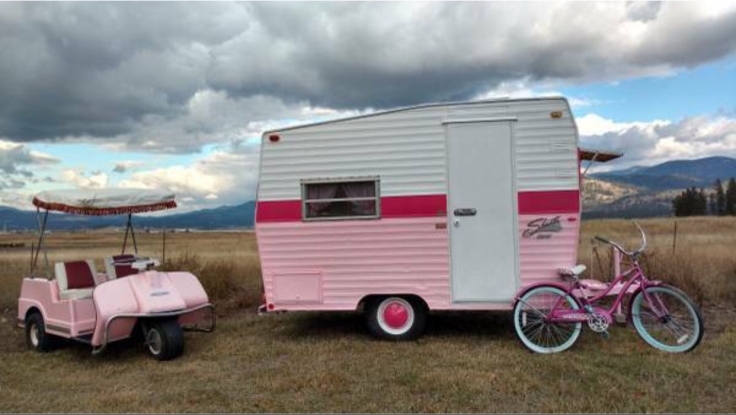 Here is an ADORABLE little bumper pull that is/was for sale on Craigslist.
Here is an ADORABLE little bumper pull that is/was for sale on Craigslist.
I saved the image because:
- It’s freaking cute!
- It might actually make a really awesome gift for my dad’s girlfriend (who’s an amazing angel and wants a camper of her own!)
*note: the pictured bumper pull does not have any modern amenities, as it is a converted OLD camper (but solar COULD be added for provide running water and lights)*
Pup-tents (also called Fold Down Campers) are a sub-class of the travel trailer variety. These feature a solid trailer, but have tent-like components which “pop” out for sleeping quarters and/or head room. Here is one folded up and ready for transport:
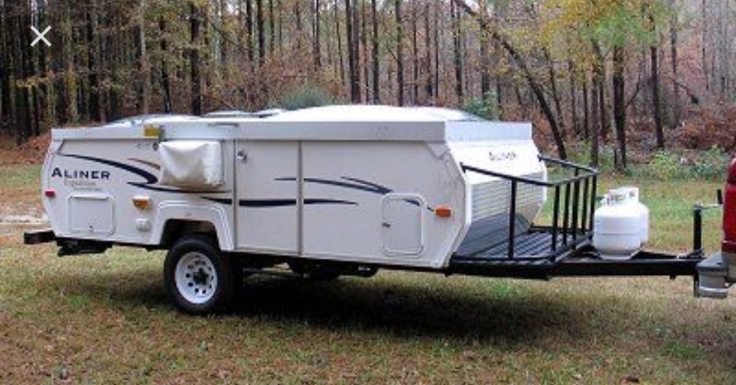 The benefit is the size and weight of a pup tent, offering the sleeping space of a small, standard bumper pull. The downside? The tent-like features will leak moisture and are cold, just like sleeping in a tent. Pup Tent trailers can also be difficult to set up alone (a major downside to myself as a single mom with a small child).
The benefit is the size and weight of a pup tent, offering the sleeping space of a small, standard bumper pull. The downside? The tent-like features will leak moisture and are cold, just like sleeping in a tent. Pup Tent trailers can also be difficult to set up alone (a major downside to myself as a single mom with a small child).
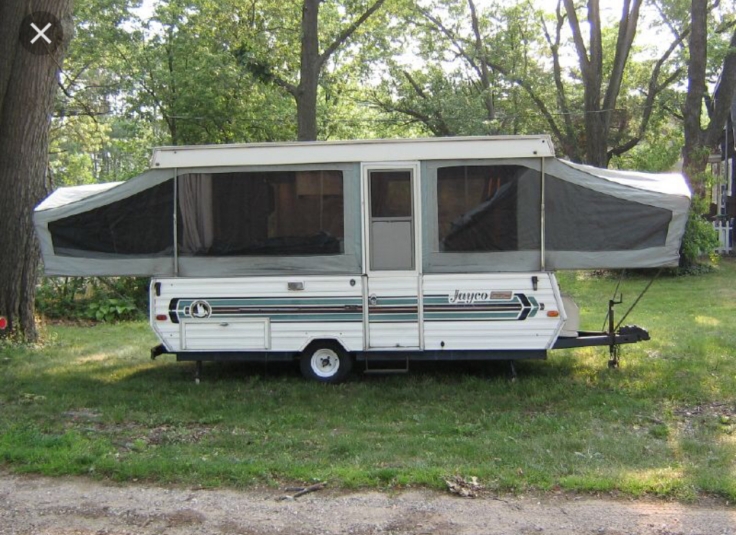 All set up and ready for sleeping
All set up and ready for sleeping
—Anyway, the next type of camper is a 5th Wheel. These also come in a wide range of lengths, however, for a 5th wheel, you need a special kind of truck hitch that is mounted into the middle of a truck bed.
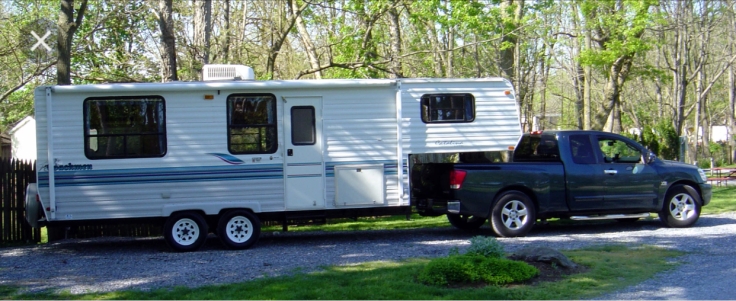
This middle hitch has pros and cons—the largest con being that you essentially lose a large portion of use in your truck bed, both when using the camper and when you are not using the camper. Here’s what a fairly standard 5th wheel hitch looks like in the bed of a truck:
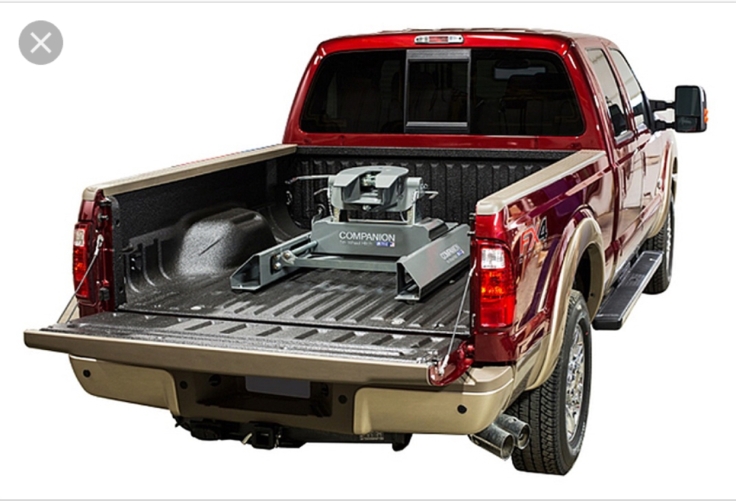
As you can see, it doesn’t leave much room for cargo you may want in your truck, instead of your camper
—Toy Haulers come in both bumper-pull and 5th-wheel style hitches. They feature a camper in the front portion, and either a flat-bed, or enclosed rear, for towing motorbikes, ATVs, etc. Some are a standard-style sleeping area, while many feature pop-up/out sleeping areas.
—A Truck Bed camper slides right into the bed of your truck. These are smaller space-wise and do not offer a lot of size options. They’re usually more affordable, both new and used, but limit the use of your truck significantly.
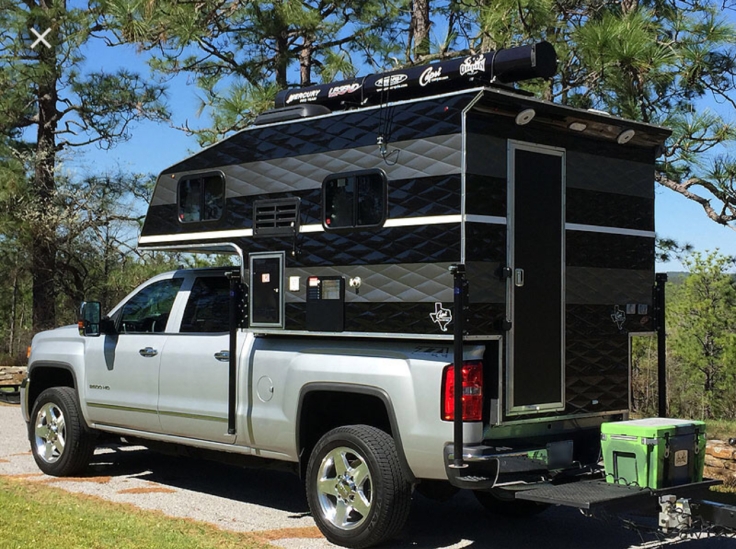
Most people I know who own one of these have their truck reserved for ONLY this purpose. Or they own a second truck devoted to their camper, and their “every day” truck. The benefit to a bed camper is the ability to also tow a trailer for other things (ATVs, boats, gear, horses). But they can be a major hassle if you own only one truck and don’t intend to pull another trailer.
*Note: they DO make pop-up bed campers, which are like a combination between the above pop-up style, and this truck bed style. I have seen images but know nothing about these sub-class*
—Motorhomes are the most expensive type of camper. The benefits of a motor home is being able to pull into any parking lot anywhere and sleep for an hour or two without ever leaving your vehicle. The downside? Most people traveling in a motorhome either end up renting or pulling a second vehicle to make day trips and store runs. Motorhomes come in 3 sub-classes.
Class A motorhomes are the largest style motorhomes. They are the most expensive, and look a lot like a tour bus.
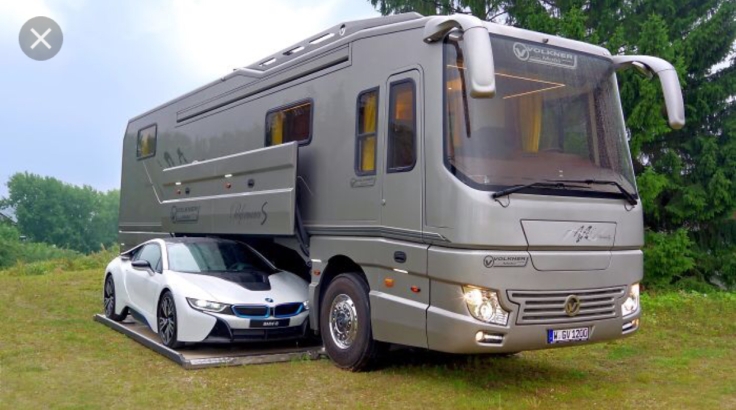 This Class A is 1.7 MILLION and features a garage under-carriage!
This Class A is 1.7 MILLION and features a garage under-carriage!
Class B motorhomes are smaller, and they resemble full-size or cargo vans.
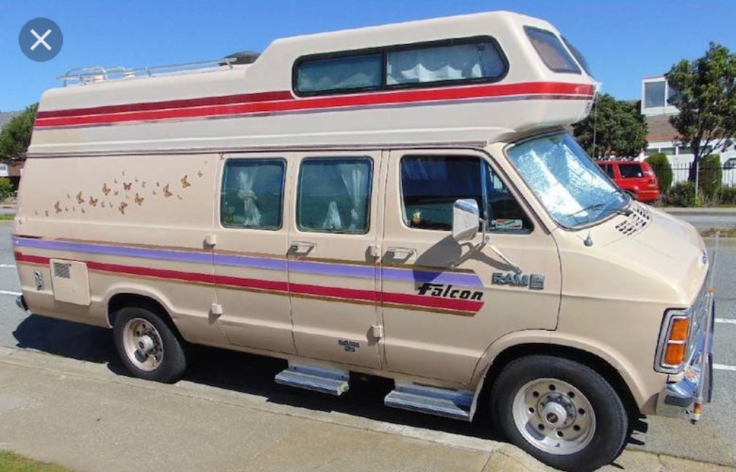 A very old Falcon Class B Motorhome
A very old Falcon Class B Motorhome
Class C motorhomes, to me, look like a 5th-wheel and a Class B met, fell in love, and made cute little motorhome babies. The front end looks like a truck, and most have over-cab storage or a bed.
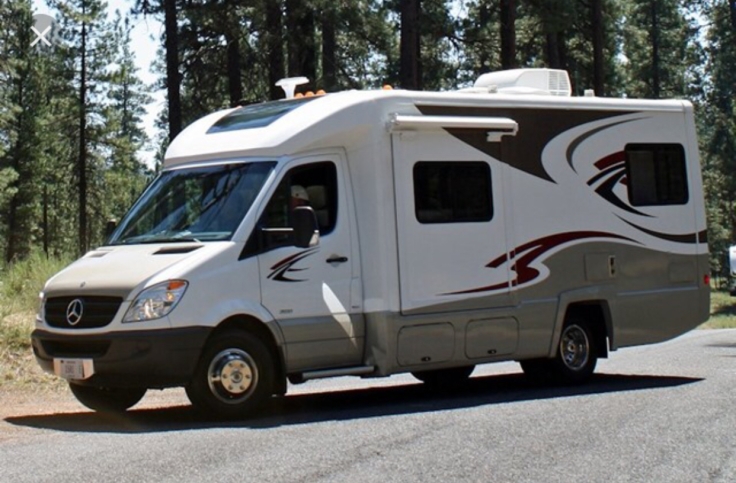
Aaannnddd…. Now I’ve probably flooded your brains with so much language, you’re going glossy-eyed. Instead of making one massive post answering my above questions, I will publish all of them in handy-to-access posts!
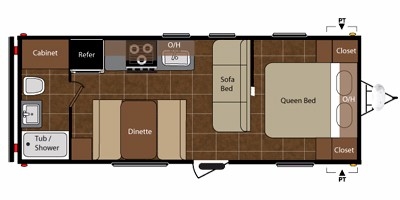





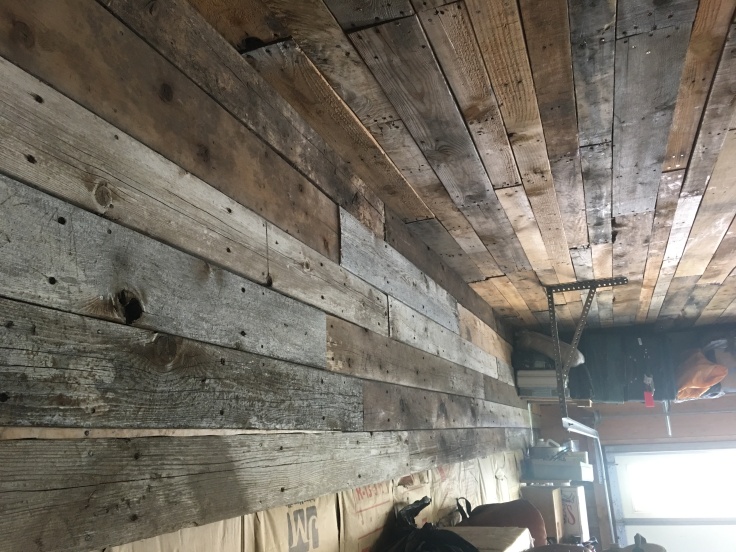


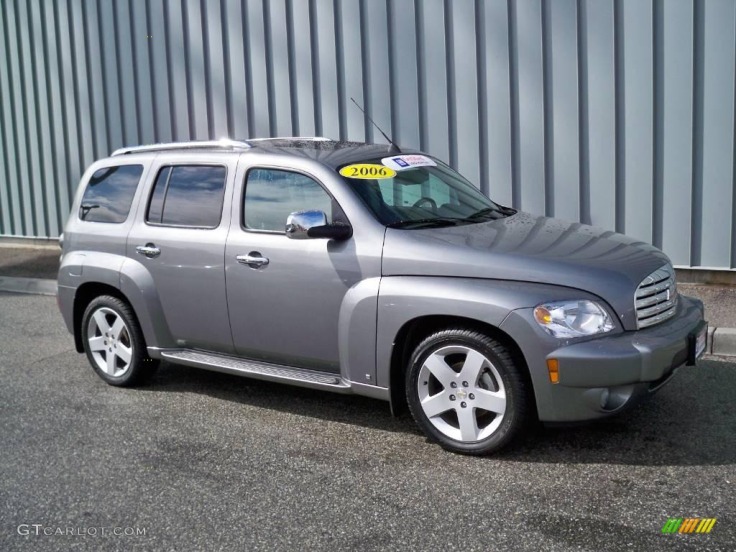





 The benefit is the size and weight of a pup tent, offering the sleeping space of a small, standard bumper pull. The downside? The tent-like features will leak moisture and are cold, just like sleeping in a tent. Pup Tent trailers can also be difficult to set up alone (a major downside to myself as a single mom with a small child).
The benefit is the size and weight of a pup tent, offering the sleeping space of a small, standard bumper pull. The downside? The tent-like features will leak moisture and are cold, just like sleeping in a tent. Pup Tent trailers can also be difficult to set up alone (a major downside to myself as a single mom with a small child).







